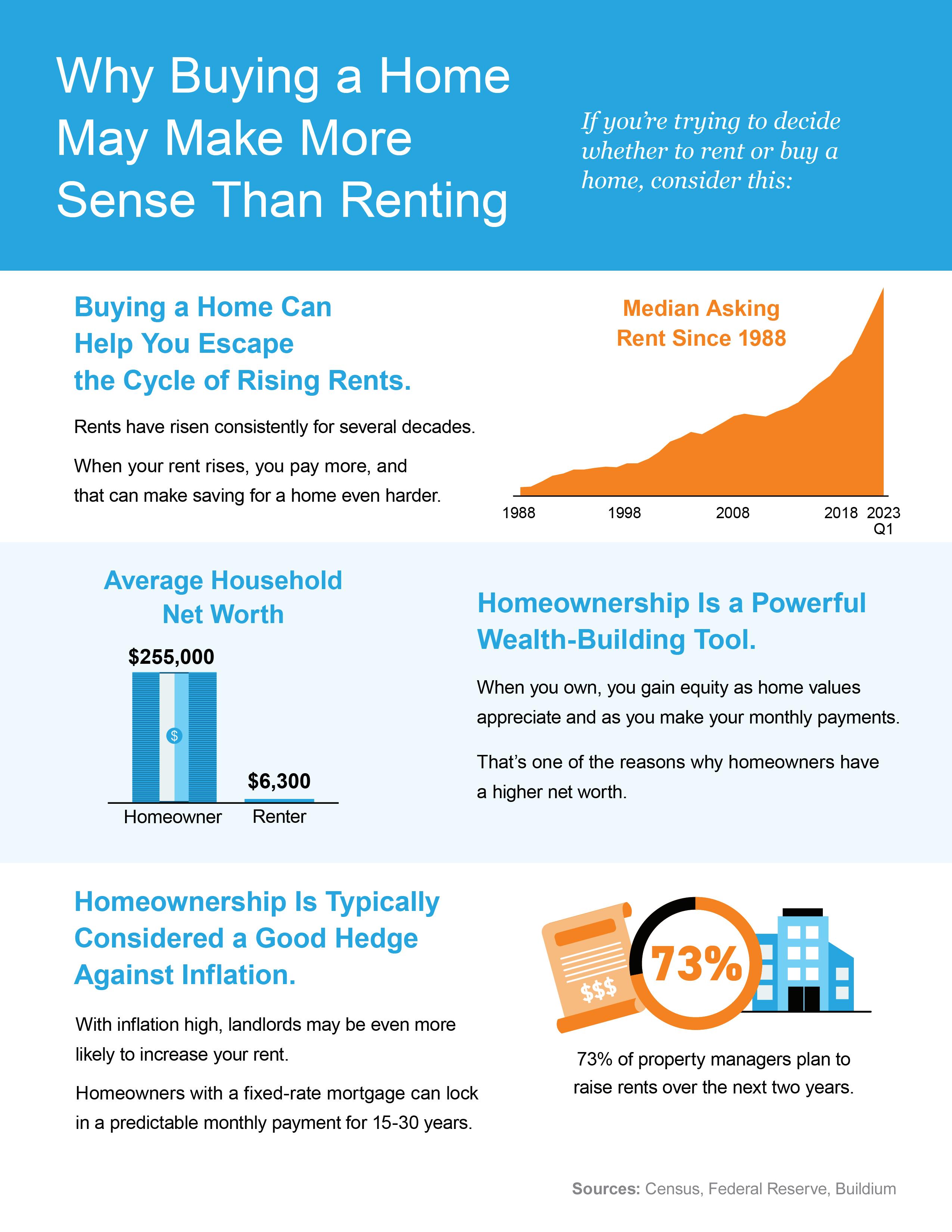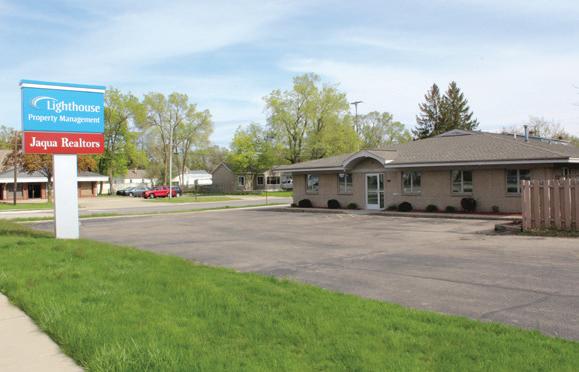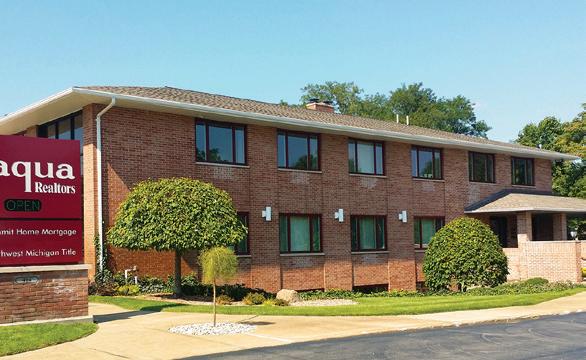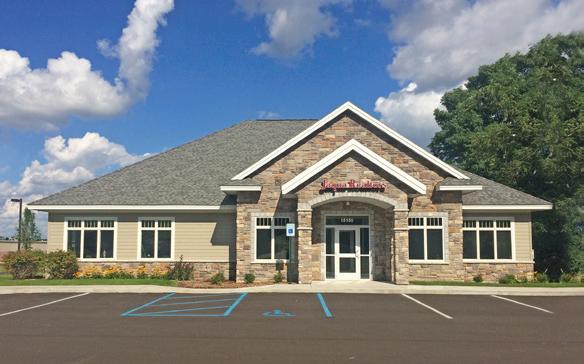





You’re probably wondering what recent changes in the housing market mean for your homebuying plans this summer. Here are the top three things to keep in mind.


The number of homes for sale this year is still low. Housing inventory is measured by the number of available homes on the market. It’s also measured by months’ supply, meaning the number of months it would take to sell all those available homes based on current demand. In a balanced market, there’s usually about a six-month supply – and today, we only have about half of that. With inventory that low, buyer competition is ticking back up, meaning multiple offers are returning on a good number of properties. Partnering with a professional can help you be competitive in a market like the one we have today.
Last year, mortgage rates more than doubled within the calendar year. That’s never happened before, and the rapid rise caused many buyers to put their plans on hold. This year, however, many buyers are reentering the market as rates have settled a bit in roughly the 6% to 7% range.
No one knows for sure where rates will go from here, but experts say they may drop some if inflation continues to cool. Any drop boosts your purchasing power by bringing down your expected monthly mortgage payment. Even a change as small as 0.25% can have a big impact on what you’ll pay for your home.
Headlines about home prices can be confusing. Home price appreciation has cooled from its peak last summer.
However, prices vary by area. And if you’ve been waiting for prices in your area to come down, you should know the shortage of homes available is going to keep upward pressure on prices. In fact, we’ve seen prices starting to rise again, indicating the worst home price declines are behind us. Andy Walden, VP of Enterprise Research at Black Knight, says this about home price trends:
“Just five months ago, prices were declining on a seasonally adjusted month-over-month basis in 92% of all major U.S. markets. Fast forward to March, and the situation has done a literal 180, with prices now rising in 92% of markets from February.”
So, if you find the home that’s right for you, waiting for a price drop isn’t the best strategy.
If you’re ready to buy this summer, don’t let market uncertainty delay your plans.
Let’s connect so you have an expert on your side to answer all your housing market questions. Together, we’ll review your goals and what’s happening in our market, so you have the information you need to make a powerful and confident decision.


The dramatic increase in mortgage rates last year led many buyers to put their plans on hold. However, affordability is impacted by more than just mortgage rates. To understand affordability, you have to look at three factors.

While mortgage rates are higher than they were a year ago, they’ve hovered primarily between 6% and 7% this year. Within that range, rates have bounced around a lot, but where will they go from here? Mortgage rates are hard to project, but many experts agree they’ll start to come down by the end of the year if inflation continues to cool. No one can know for sure what’ll happen next, so trying to time the market, especially mortgage rates is difficult. This makes it extra important to lean on your team of real estate professionals to stay up to date on what’s happening.
Over the past few years, home prices appreciated rapidly as the record-low mortgage rates we saw during the pandemic led to a surge in buyer demand. The heightened buyer demand happened while the supply of homes for sale was at record lows, and that imbalance put upward pressure on home prices. And today, we still have more buyers in the market than homes available for sale.
But, home price appreciation varies by market. Some areas are seeing slight declines while others have prices that are climbing. As Selma Hepp, Chief Economist at CoreLogic, explains:
“The divergence in home price changes across the U.S. reflects a tale of two housing markets. Declines in the West are due to the tech industry slowdown and a severe lack of affordability after decades of undersupply. The consistent gains in the Southeast and South reflect strong job markets, in-migration patterns and relative affordability due to new home construction.”

The most positive factor in affordability right now is rising income. The graph below uses data from the Bureau of Labor Statistics (BLS) to show how wages have grown over time:
Higher wages improve affordability because they reduce the percentage of your income it takes to pay your mortgage since you don’t have to put as much of your paycheck toward your monthly housing cost.
It’s important to know that your ability to afford a home comes down to more than just mortgage rates and home prices. If you’re thinking about buying a home, let’s go over your budget and explore affordable options in our area.




Since there are more buyers in the market than there are homes for sale, the number of homes receiving multiple offers is on the rise. So, when you find the home you want to buy, remember these four tips to make your best offer.


Agents are local market experts. They know what’s worked for other buyers in your area and what sellers may be looking for in an offer. It may seem simple, but catering to what a seller needs can help your offer stand out.
Understanding your budget is especially important right now. As Sandy Higgins, Senior Wealth Advisor at Capstone Financial Advisors, puts it:
“Understand your current budget … what are your expenses, how’s your spending, would you need to make changes?”
The best way to understand your numbers is to work with a lender so you can get preapproved for a loan. It helps you be more financially confident, and it shows sellers you’re serious. That can give you a competitive edge.
Today’s market isn’t moving at the record pace it did during the pandemic. That means you may have a bit more time to think before you need to make an offer. While it’s still important to stay on top of the market and be prepared to move quickly, there can be more flexibility today.
During the pandemic, some buyers skipped home inspections in order to submit the winning bid on a home. But skipping the home inspection is a risky move. The inspection is an important part of your purchase. Home inspections help give you a picture of the condition of the home and what repairs it may need. The inspection findings can also be a negotiation tool for you.
If it does turn up anything big, you should lean on your agent to help you negotiate with the seller on any potential repairs. Resist the urge to waive the inspection to try and make your offer more appealing to sellers.
When you buy a home this summer, let’s work together to make sure you put your best offer forward.

One of the first steps when buying a home is getting pre-approved. To understand why it’s such an important step, you need to understand what pre-approval is and what it does for you.

Freddie Mac explains it like this: “

A pre-approval is an indication from your lender that they are willing to lend you a certain amount of money to buy your future home. . . . Keep in mind that the loan amount in the pre-approval letter is the lender’s maximum offer. Ultimately, you should only borrow an amount you are comfortable repaying.”


Basically, pre-approval gives you critical information about the homebuying process that’ll help you understand how much you may be able to borrow so you have a stronger grasp of your options.

As part of the pre-approval process, a lender looks at your finances to decide what they’d be willing to loan you. From there, your lender will give you a pre-approval letter to help you understand how much money you can borrow. That can make it easier when you set out to search for homes because you’ll know your overall numbers. And with higher mortgage rates impacting affordability for many buyers today, a solid understanding of your numbers is even more important.

Pre-approval can help a seller feel more confident in your offer because it shows you’re serious about buying their house. And, with sellers seeing a slight increase in the number of offers, making a strong offer when you find the perfect house is key.
A recent article from the Wall Street Journal (WSJ) says:
“If you plan to use a mortgage for your home purchase, preapproval should be among the first steps in your search process. Not only can getting preapproved help you zero in on the right price range, but it can give you a leg up on other buyers, too.”

Getting pre-approved is an important first step toward buying a home. It lets you know what you can borrow and shows sellers you’re a serious buyer.

A real estate expert uses their knowledge of what’s really happening with home prices, housing supply, expert projections, and more to guide you throughout the homebuying process.



Jay Thompson, Real Estate Industry Consultant, explains:
“Housing market headlines are everywhere. Many are quite sensational, ending with exclamation points or predicting impending doom for the industry. Clickbait, the sensationalizing of headlines and content, has been an issue since the dawn of the internet, and housing news is not immune to it.”
Unfortunately, when information in the media isn’t clear, it can generate a lot of fear and uncertainty in the market. As Jason Lewris, Co-Founder and Chief Data Officer at Parcl, says:
“In the absence of trustworthy, up-to-date information, real estate decisions are increasingly being driven by fear, uncertainty, and doubt.”
But it doesn’t have to be that way. Buying a home is a big decision, and it should be one you feel confident making. You can lean on an expert to help you separate fact from fiction and get the answers you need.
The right agent can help you understand what’s happening at the national and local levels, and they can debunk the headlines using data you can trust. Experts have in-depth knowledge of the industry and can provide context, so you know how current trends compare to the normal ebbs and flows in the industry, historical data, and more.
Then, to make sure you have the full picture, an agent can tell you if your local area is following the national trend or if they’re seeing something different in your market. Together, you can use all that information to make the best possible decision.
After all, making a move is a potentially life-changing milestone. It should be something you feel ready for and excited about. And that’s where a trusted guide comes in.
Bottom Line
For expert advice and the latest housing market insights, let’s connect.

BATTLE CREEK (B)
15150 S. Helmer Road
Battle Creek, MI 49015
Office: 704-1000
Fax: 704-1001
Toll Free: 855-869-2236
414 MILHAM (414)
414 W. Milham Avenue
Portage, MI 49024
Office: 381-7653
Fax: 381-6410
Toll Free: 800-959-0759
328 MILHAM (328)
328 W. Milham Avenue
Portage, MI 49024
PLAINWELL (P)
302 S. Main Street
Plainwell, MI 49080


Office: 685-6858
Fax: 685-9912
Toll Free: 888-631-3200
RICHLAND (R)
12374 East D Avenue
Richland, MI 49083
Office: 629-5612
Fax: 629-5776
Toll Free: 800-466-3908
SAUGATUCK/DOUGLAS (SD)
Office: 216-4222

Fax: 459-6296
Toll Free: 800-843-6443
DRAKE (D)
221 S. Drake Road

Kalamazoo, MI 49009
Office: 341-4300
Fax: 567-7710
Toll Free: 888-379-7711
GRAND RAPIDS (G)
202 44th Street SW
Grand Rapids, MI 49548
Office: 616-369-1991
Fax: 616-257-9578
HASTINGS (H) 100 S. Jefferson Suite A Hastings, MI 49058




Office: 224-5227
Fax: 704-1001
Toll Free: 855-869-2236
202 W. Center St., P.O. Box 997 Douglas, MI 49406


Office: 857-8030
Fax: 857-4140
Toll Free: 888-764-2836
SOUTH HAVEN (SH)
513 Broadway Street
South Haven, MI 49090
Office: 637-6537
Fax: 637-9037
Toll Free: 888-764-2836
ST. JOSEPH (J)
4233 Red Arrow Highway
Stevensville, MI 49127


Office: 983-8051
Fax: 983-8041